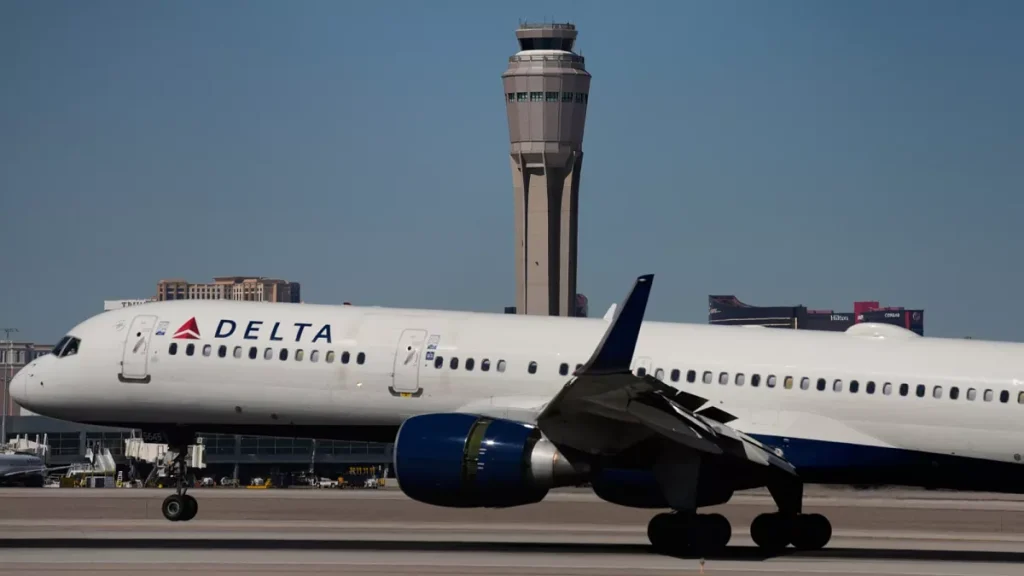US Government Shutdown Wreaks Havoc on Travel Plans
In a week of unprecedented chaos for travelers to the United States, the ongoing federal government shutdown has begun to significantly disrupt the nation’s transportation and tourism sectors. Now in its seventh day, the shutdown—which began on October 1 after lawmakers failed to pass a funding bill—has forced approximately 750,000 federal employees (40% of the federal workforce) onto unpaid leave. While politicians continue their standoff in Washington, ordinary travelers and tourism workers are bearing the brunt of this political impasse, with effects rippling across airports, national parks, museums, and visa services nationwide. The National Air Traffic Controllers Association has warned that the shutdown threatens the “reliability and efficiency of our entire aviation system,” highlighting just how serious the situation has become for anyone attempting to visit or navigate within the United States during this uncertain period.
Air travel has been particularly hard hit by the shutdown, with thousands of flights experiencing delays due to staffing shortages at major airports. While air traffic controllers are classified as essential workers and required to continue working without pay, many airports are struggling to maintain adequate staffing levels. On Monday alone, more than 6,000 US flights faced delays, with major hubs around New York and Los Angeles experiencing significant disruptions. Hollywood Burbank Airport was even forced to close completely for part of Monday due to staff shortages. Although data shows that most flights (92% according to Cirium) are still departing on time, thousands of passengers have faced waits of up to an hour before takeoff. The situation is particularly distressing for air traffic controllers, who according to their union are working grueling schedules of six-day weeks and 10-hour days without pay. Many are being forced to take second jobs just to support their families, creating dangerous levels of stress and fatigue among professionals responsible for the safety of millions of air travelers. This unsustainable situation not only threatens current flights but also slows modernization efforts across the aviation industry.
National parks across the country remain partially open but with severely limited services, creating confusion and potential safety hazards for visitors. While outdoor spaces including roads, trails, and memorials remain accessible, all staffed facilities such as visitor centers and monuments have closed their doors. At iconic locations like Philadelphia’s Liberty Bell, tourists have been turned away. Popular destinations including Yosemite, Yellowstone, and the Statue of Liberty technically remain open, but with drastically scaled-back services. Utah’s five national parks—Arches, Bryce Canyon, Canyonlands, Capitol Reef, and Zion—also remain accessible, though visitors are strongly advised to check official information before traveling as conditions may change rapidly. The Department of Interior has warned that areas may close entirely if safety concerns arise, and there’s already evidence that the lack of proper staffing is creating dangerous situations. The National Parks Conservation Association reports disturbing scenes at various parks: visitors parking illegally, climbing around barricades, and crowding beaches without staff to manage access—all creating significant safety risks for both tourists and the natural environments they’re visiting.
The impact on park workers themselves is equally severe, with approximately 9,300 National Park Service employees—about 64% of the workforce—furloughed during the shutdown. This sudden reduction comes on top of previous staffing cuts that had already left America’s beloved parks strained and struggling to manage increasing visitor numbers. The National Parks Conservation Association has described the shutdown as one of the “greater threats” the park system has faced, noting that many parks are already starting to “feel the strain” of operating without adequate personnel. The absence of rangers and other staff means not only a reduction in services but also limited emergency response capabilities and reduced protection for the natural and cultural resources these parks were established to preserve. For international and domestic travelers who plan trips months in advance specifically to visit these iconic American landscapes, the partial closures and reduced services represent a significant disappointment and disruption to carefully planned itineraries.
Museum enthusiasts and cultural tourists are also facing major disappointments as federally funded institutions across the country have shuttered their doors indefinitely. In Washington D.C. alone, a dozen major attractions including the National Archives and the Washington Monument have closed, leaving visitors with drastically reduced options in the nation’s capital. The situation has left many travelers heartbroken, including international visitors who had planned specific trips to see institutions like the Library of Congress. The closures are particularly painful for those who had planned educational visits or research trips to these institutions, representing lost opportunities that may be difficult to reschedule. There is some small consolation for performing arts enthusiasts, as theaters and concerts are continuing as planned. Even the prestigious John F. Kennedy Center for the Performing Arts is proceeding with its scheduled performances, albeit with reduced staff. For many cultural tourists, however, the museum closures represent the loss of a primary reason for visiting the United States.
Beyond these immediate disruptions to leisure travel, the shutdown is creating significant challenges for those requiring visa services or immigration assistance. While US embassies and consulates continue to provide essential services, the American Immigration Council has warned that reduced staffing will likely lead to visa delays and growing backlogs. This creates uncertainty and stress for international travelers, students, business visitors, and those seeking to join family members in the United States. For now, travelers can still board flights and cruises—the latter being largely unaffected except at ports near national parks—but they face a landscape of reduced services and unexpected closures at many of America’s most beloved destinations. As the shutdown continues with no clear resolution in sight, travelers are strongly advised to check official websites before finalizing any plans and to prepare for potential disruptions. The situation serves as a stark reminder of how political disagreements in Washington can have far-reaching consequences for millions of ordinary people simply trying to explore, visit, or work in the United States.


